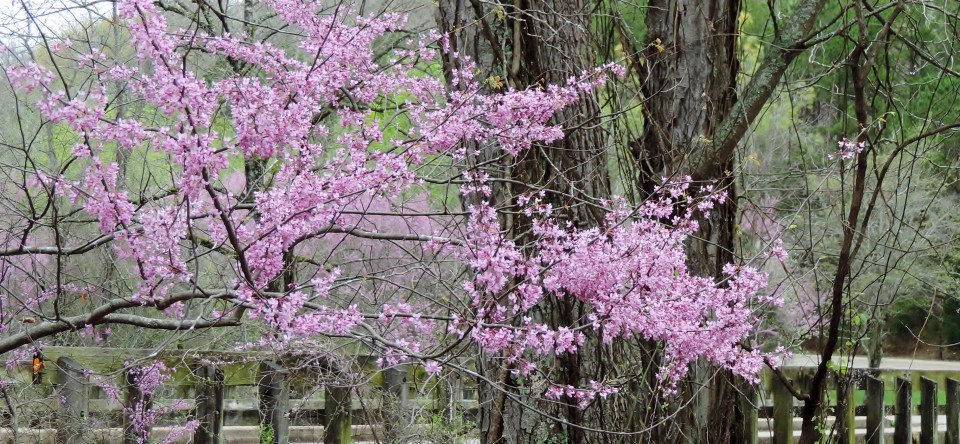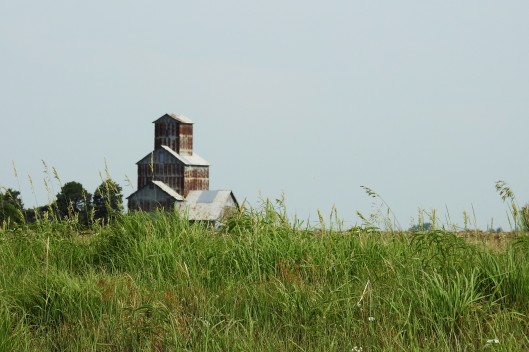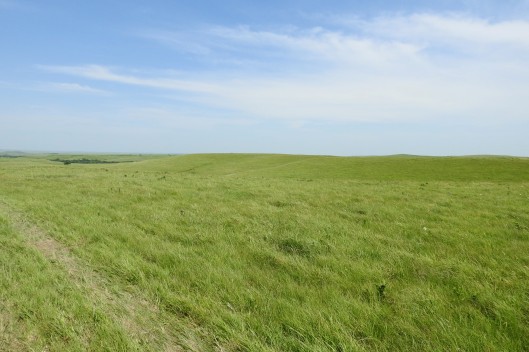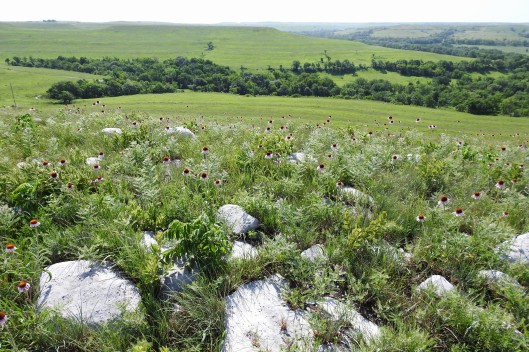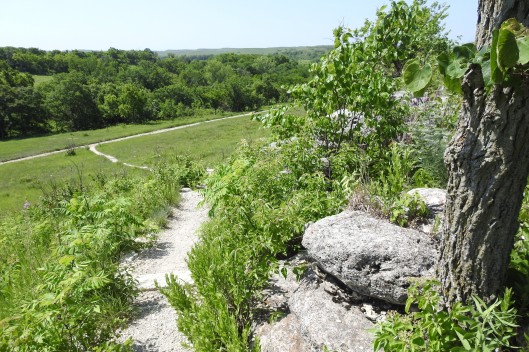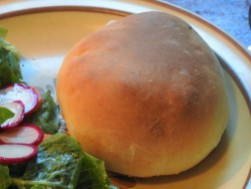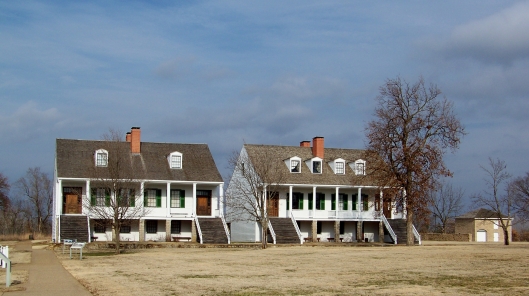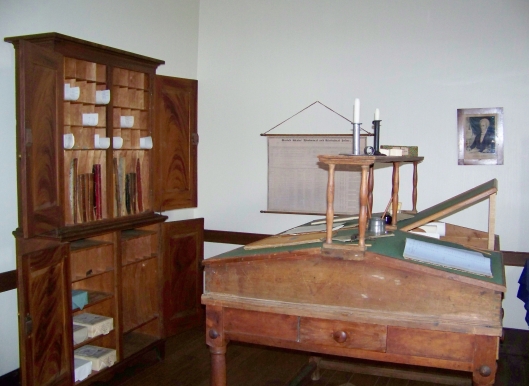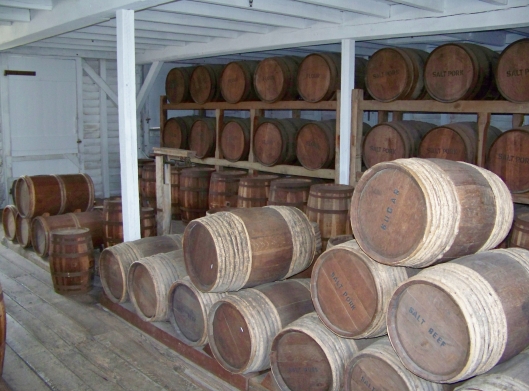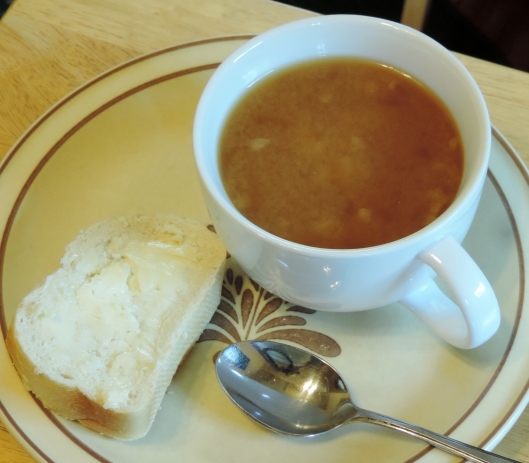Tags
I live in the American Midwest. Many Americans call this “fly-over country”, and within that unseen part of the country is what is known as “drive right through it country.” If you are the type of traveler that sticks to the interstate highway, zooming through state after state, as quickly as you can in order to get to those famous mountains and ski resorts in the western United States…well yes, Kansas and Missouri, Illinois and Nebraska become “drive all night to get through them” states. And you would be missing so much of what is beautiful about this vast nation.
The best example of a traveler’s missed opportunity I can think of is the state of Kansas. If road trippers would get off of I-70 and drive along Kansas state and county roads, they would find a land that is beautiful and mesmerizing, a place that makes you understand how big this country really is, and how vast its opportunities. We have driven along Kansas highways and byways many times, and I never tire of its beauty and its openness. As my granddaughter would say, “It’s so grand, Grandma!”
This is America’s heartland, and the world’s breadbasket. Once, this heartland was covered in acre upon acre of tallgrass prairie. Today the National Park Service estimates there is less than 4% of the original prairie remaining. Other sources estimate a mere 1%, while some optimistic souls believe there may be as much as 18% remaining due to unknown patches here and there. Original prairie refers to tallgrass landscape that has never been plowed for other uses.
The largest swath of original tallgrass prairie remaining is in the Flint Hills of eastern Kansas. It extends from the northern border of Kansas on the Nebraska border, 200 miles south to just inside the state of Oklahoma. It is 80 miles wide at its widest point.
Its rocky terrain made it an undesirable area for farming. If you walk through the tallgrass prairie of the Flint Hills you will find pieces of chert, big and small, scattered across the landscape. The underlying bedrock of the area is limestone and shale. Over time this bedrock weathers, erodes and dissolves. Chert is a very hard rock found within the layers of the bedrock. When the limestone and shale erode away, the chert is left behind. Another name for chert is flint, and flint is what Native Americans used to make their spear and arrow heads.

Chert, or flint, is left behind when softer rocks around it erode. You will find flint scattered throughout the tallgrass prairie of the Flint Hills.
We have been to the Flint Hills before, but one of my bucket list items has always been to attend the “Symphony in the Flint Hills”. This year was the year, and we gave each other the trip to the symphony as Christmas gifts. We spent three days exploring Kansas in addition to attending the concert. We were also excited to visit a place about which I have read a lot…Konza Prairie in Manhattan, Kansas. It was a major goal…to walk that prairie!
I have visited several prairies in Missouri, where our Conservation Department has saved many remnants of original prairie. But, honestly, there is simply nothing I have ever experienced on the prairie quite like the thrill of hiking Konza Prairie…even if it was 100 degrees when we finished (that is why you start out early in the day)! Please understand, trees are not a common feature in the tallgrass prairie, and that sun is hot as you approach noon. We were happy we had taken a lot of water with us…and our hats. The following pictures are but a few of the many I took as we hiked the shortest trail, about 2 1/2 miles.

This creek, dry this time of year, these trees, were a welcome sight after a couple hours in the bright sunshine of the Kansas prairie!
When you hike the prairie, landscape is not all there is to take in. I have never seen so many butterflies on so many flowers in all my life…and I have been around a very long time. Butterfies, wildflowes, birds on plant tops…I call it eye candy!
And so, so many butterflies…
We saw many birds, but this Dickcissel sat still for me the longest……
Finally it was time to experience the purpose of this trip…the “Symphony in the Flint Hills”. We arrived early in the day, and took in the many events that are part of this big day. We heard talks on issues important to those who live in, as well as those who visit the Flint Hills, took walks through the open land, and rode a covered wagon, until we got to the highlight of the day…the Kansas City Orchestra playing on the open prairie as the sun sets and the sky becomes a field of stars in every direction. It is simply stunning.
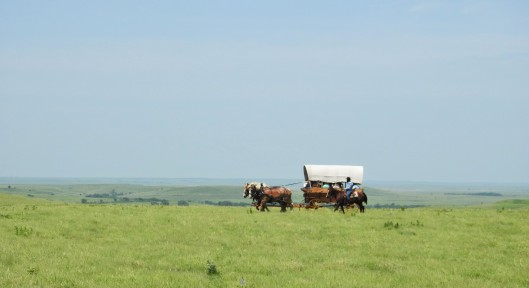
As we mulled around the ranch which was the site of this year’s concert, we took the opportunity to take a ride on a covered wagon.

And absolutely nothing beats music, out in the open air, watching the sun set on the immense American tallgrass prairie!
A trip to the middle of America, a trip to the tallgrass prairie is a truly inspiring experience. I hope you might consider stopping sometime in this fly-over country, country Midwesterners call Kansas! To learn more about the “Symphony in the Flint Hills”, you can visit their website. More information on Konza Prairie can be found on the Nature Conservancy website
Bierocks
While visiting a new place, I always like to find a food that is unique to the area. In Kansas, I found Bierocks (pronounced “brocks”). Bierocks are a traditional German food, brought over by immigrants who settled in Kansas and established the farming that has made Kansas part of the world’s greatest supplier of food.
Bierocks are traditionally made with ground beef. I use ground bison for our bierocks, it is lower in fat than beef, and is a traditional food source of the western United States. For many years you could not find bison to purchase for food, but there is a resurgence in its use…and it tastes really good.
These little pocket meals are tasty, and though they take a bit of work, we always have extras. I put the leftover Bierocks in the freezer, and we take them out from time to time for a quick and delicious lunch that takes only two minutes to heat in the microwave.
Bierocks
This recipe has been adapted from “Taste of Home”
Ingredients
For the dough:
- 5-5 1/2 cups all-purpose flour, divided
- 1 1/8 tsp. active dry yeast
- 1/4 cup sugar
- 1 tsp. salt
- 1 1/4 cup water
- 1/2 cup whole milk (it is the only kind I use)
- 1/4 cup butter, cubed
- 1 large egg
For filling
- 1 lb. ground bison (you may use ground beef instead)
- 1 small onion, chopped
- 1 tsp. salt
- 1/2 tsp. pepper
- 1 lb. shredded cabbage, cooked and drained
Directions
To make the dough:
- Combine 2 cups of flour, yeast, sugar and salt in your mixer bowl and mix well. Set aside.
- Heat water, milk, and butter in a small pan just until the butter has melted, no warmer than 130 degrees.
- Add the liquid ingredients to the dry ingredients and mix.
- Add egg.
- At low speed, blend until moistened, then beat at medium speed for 3 minutes.
- Gradually add remaining flour by hand, until you have a stiff dough.
- Knead on a floured surface for 10 minutes.
- Place in a greased bowl, turning once to grease the top.
- Cover and let rise in a warm place free of drafts until doubled, about 1 hour. Punch down and let rise again until almost doubled.
To make the filling:
- Brown bison with the onion, salt and pepper, then drain.
- Mix in the cabbage and set aside.
Putting it all together:
- Divide the dough in half
- Roll each piece into an approximate rectangle that is 15×10 inches. (Mine never looks like a real rectangle!)
- Cut into 5 inch squares and spoon about 1/2 cup of meat mixture onto each of the squares.
- Bring up the sides of the dough to enclose the filling, pinching it closed to form a meat pocket that looks a lot like a hamburger bun.
- Place on a greased baking sheet, and bake at 375 degrees until golden brown.
Enjoy!
